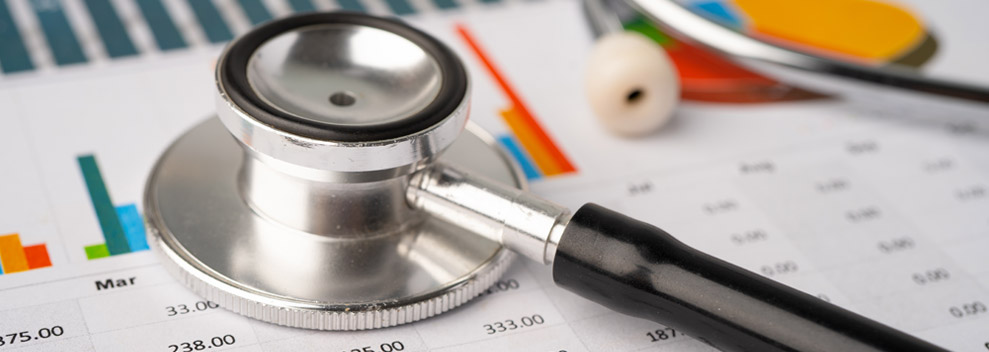Health financing
Introduction

Health financing is a core function of health systems that can enable progress towards universal health coverage by improving effective service coverage and financial protection. Today, millions of people do not access services due to the cost. Many others receive poor quality of services even when they pay out-of-pocket. Carefully designed and implemented health financing policies can help to address these issues. For example, contracting and payment arrangements can incentivize care coordination and improved quality of care; sufficient and timely disbursement of funds to providers can help to ensure adequate staffing and medicines to treat patients.
WHO’s approach to health financing focuses on core functions:
- revenue raising (sources of funds, including government budgets, compulsory or voluntary prepaid insurance schemes, direct out-of-pocket payments by users, and external aid)
- pooling of funds (the accumulation of prepaid funds on behalf of some or all of the population)
- purchasing of services (the payment or allocation of resources to health service providers)
In addition, all countries have policies on which services the population is entitled to, even if not explicitly stated by government; by extension those services not covered, are usually paid for by patients (sometimes called co-payments).
Regional overview
The Region is a low investor in health. In 2015, current health expenditure in the Region exceeded US$ 145 billion; that is, barely 2% of global current health spending for almost 9% of the world’s population. Average per capita current health expenditure in 2015 reached US$ 562, with huge disparities between and within countries. Current health expenditure as share of gross domestic product (GDP) was 5.35% in 2015, almost half of that observed globally (close to 10%).
The level of current health expenditure varies considerably between countries; for example, Pakistan, where almost 30% of the population of the Region reside, spent only US$ 38 per person on health in 2015, while Qatar, a country of 2.4 million people, spent more than US$ 2000 per person on health in the same year. As a percentage of GDP, while Afghanistan spent 10.3% of its GDP as current health expenditure in 2015, Pakistan spent only 2.7%; both are low-income countries.
Evidence from global best practices demonstrate that public spending is a prerequisite for progress to be made towards universal health coverage. Current health expenditure in the Region by financing sources demonstrates consistently low public spending on health as a share of current health expenditure, which has been oscillating at around 50% for the last 15 years. In some low- and middle-income countries, the share of public spending in current health expenditure is as low as 20%. With regard to GDP, public spending on health in the Region constituted only 2.5% of GDP in 2015, compared to a global average of 3.5%.
Low public spending on health is primarily due to the low priority given to the health sector. Regarding the level of prioritization of the health sector in overall public spending, available information shows that public spending on health in the Region as a share of total public spending is on average one percentage point less (9%) than the global average (10%) – with wide discrepancies between countries of different income level.The picture related to this indicator in high-income countries is mixed due to the significantly high GDP and general government expenditure levels in some of these countries.
Low public spending on health has resulted in a high share of out-of-pocket payment in total current health expenditure in the Region. This low public spending on health has been observed for the last 15 years, with the regional average varying between 2–3% of GDP and between 6.5 and 8.5% of total public spending. The share of out-of-pocket payment in the Region has oscillated at around 40% of total health spending for the last 15 years compared to a global average of 32% in 2015.
High out-of-pocket payment can result in high levels of financial hardship. Region-wide, in 2015 an estimated 55.5 million people faced financial hardship, while an estimated 7.7 million people were pushed into poverty due to high out-of-pocket payments.


